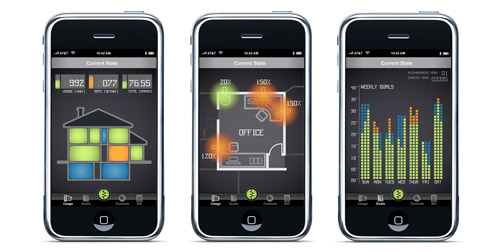When Apple and Starbucks first announced their iTunes partnership I was intrigued but not particularly excited. I didn't really understand why I would want to interact with a Starbucks branded version of iTunes, even if they were giving me a free song. But... I tried this out at a Starbucks on Friday, and I have to say it's pretty amazing. Amazing enough that I almost forgot my coffee in the iTunes haze. Why is it so amazing you ask? Two reasons. The first is that it was seamless to the point of being magical. The second is that it was an inspiring example of location based content customization.
So, let's go back to seamless for a minute. I walk into Starbucks, turn on my iPhone, click on the iTunes music store and voila, a Starbucks button appears at the bottom of my screen. Clicking on it allows me to not only to purchase Starbucks content, but also tells me the name of the song that I hear playing in the store. I'm not sure why this seems so incredible in this day and age, but it does.
As I mentioned, the second thing that I found really inspiring about this experience was the adaptation of software based on my location. Again, I'm not so sure why this is so rare these days when so many types of devices can tell where you are, but there are very few companies that are actually using your location to deliver customized content to your phone or computer. Props to Starbucks for seeing an opportunity and doing something interesting.
Unfortunately this service is currently only available in New York and Seattle, but more Starbucks locations are scheduled to participate soon.












